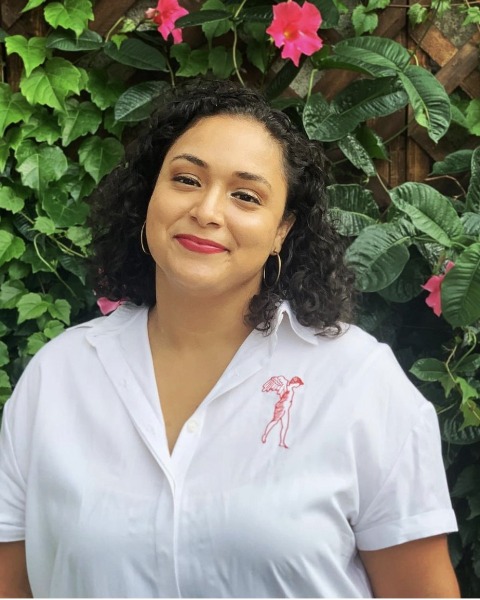Oral Presentation - 15 minutes for each presentation
Social Justice and Health Equity
B4. Oral Session: Tobacco Products and E-Cigarettes: Smoking Cessation Among Specific Populations in NYC and California
B4.01 - Oral: NYC Resident’s Perceptions of Flavored and Menthol Tobacco Products and E-cigarettes and Influences on Youth
Wednesday, April 16, 2025
1:30 PM - 1:45 PM PST
Location: Gallerie I, 1st Floor
Earn 1.0 Advanced CECH
Area of Responsibility: Area IV: Evaluation and Research
Subcompetencies: 4.4.5 Identify implications for practice., 4.4 Interpret data.
Research or Practice: Research
Subcompetencies: 4.4.5 Identify implications for practice., 4.4 Interpret data.
Research or Practice: Research

Stefanie Mercado Altman, MScPH (she/her/hers)
Community Engagement Manager
NYC Smoke-Free at Public Health Solutions
New York, New York, United States
Presenter(s)
Learning Objectives:
At the end of this session, participants will be able to:
- As a result of this session, participants will be able to identify NYC residents’ perceptions of flavored and menthol tobacco products influences the youth to try and use tobacco products.
- Describe NYC residents’ perceptions of youth e-cigarette use, harms among the youth and influence towards cigarette smoking.
- Examine tobacco control policies that we work on at NYC Smoke-Free including SFH,TFO, and youth engagement.
Detailed abstract description: Issue: For decades, the tobacco industry has used flavors like menthol tobacco products to target vulnerable populations, including youth, African Americans, and the LGBTQIA+ community. As a result, menthol cigarettes are an increasingly popular choice among smokers and a common starter tobacco product for young people. E-cigarettes are very popular among youth as many of these products come in an array of colors, flavors and designs can be easily concealed making it easier to use.
Description: During April- May 2024, NYC Smoke-Free conducted a community survey, administered via SMS text and email among 1,492 adult residents with 30 questions to learn about their perceptions, opinions and behaviors related to tobacco use and marketing and understanding of local tobacco control policies.
In NYC, 47% of respondents reported that tobacco use is an important health problem in their community. About 80% of NYC residents agreed that flavors influence young people to try and use tobacco products, and that menthol tobacco products make it easier for youth to start smoking.
From the survey, we gleaned that, 65% of participants believed flavored and menthol tobacco products makes it easier for youth to start smoking. Additionally, 75% of the New York surveyors identified as LGBTQIA+ agree that menthol makes it easier for youth to start smoking.
In NYC about 76% of surveyors agreed that product advertising causes a child to be more likely to become a tobacco user. About 88% agree that targeted marketing to minorities is a public health problem. When surveyed on e-cigarette use and its influence among the youth, nearly 77% of NYC adults see it as a gateway to tobacco products and agreed that using vape products increases the chances of becoming a cigarette smoker.
At NYC Smoke-Free, we work with community partners to provide education and advocacy skills around the impact of flavored and menthol tobacco products to NYC youth and influences of e-cigarette use. Connecting with high schools throughout NYC, collaborating with community health partners, and educating elected officials, we work to raise awareness and pivot toward tobacco-free norms.
Lessons Learned: There were limitations when conducting the local level evaluation such as: 1) having more time to survey more New York City residents 2) employing qualitative methods (i.e., focus groups or interviews) to understand New York City residents’ perceptions deeper 3) being able to offer this survey in other languages such as Spanish, Mandarin, Russian.
Recommendations: Expanding the window of time to gage more NYC residents in the community survey. Employing qualitative methods to gain deeper insight into NYC residents’ opinions of e-cigarettes, flavored and menthol tobacco products use among youth and disparate populations.
Expanding the survey in more languages to reach more people and have a better understanding of culture and how it plays into one’s values and beliefs of tobacco use.
